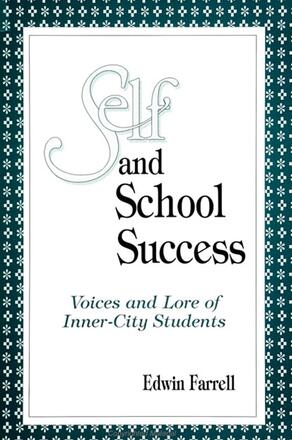
Self and School Success
Voices and Lore of Inner-City Students
Alternative formats available from:
Description
With the problems of the inner-cities reaching catastrophic proportions, Americans must ask themselves whether any young people in these environments can succeed at all. In our high schools, the good news is that some do; the bad news is that most do not. Here the author offers a provocative and probing picture of the lives of the young people who learn and who graduate from comprehensive high schools in an environment that includes drugs, violence, and declining economic conditions.
Data for the book were collected by young people in neighborhood schools who taped unstructured dialogue with successful students. Vignettes, told in the words of the young people themselves, address issues of schools and their relation to students' careers, the roles of teachers and parents, the support of community and religious agencies, as well as the influence of peers regarding drugs, violence, and sexuality.
Farrell offers a theory of adolescence based on young people who are in the process of finding out who they are and where they fit in. In the final chapter, the author describes existing schools which create environments that make this possible.
Edwin Farrell is Associate Professor, School of Education, The City College of The City University of New York.
Reviews
"It is timely and much needed. For the past fifteen years I have said when it comes to urban environments we have studied the wrong youth—the dropouts! This book studies the stay-ins, the survivors, and has much to offer the educational community!"—Dr. Richard P. Lipka, Pittsburg State University